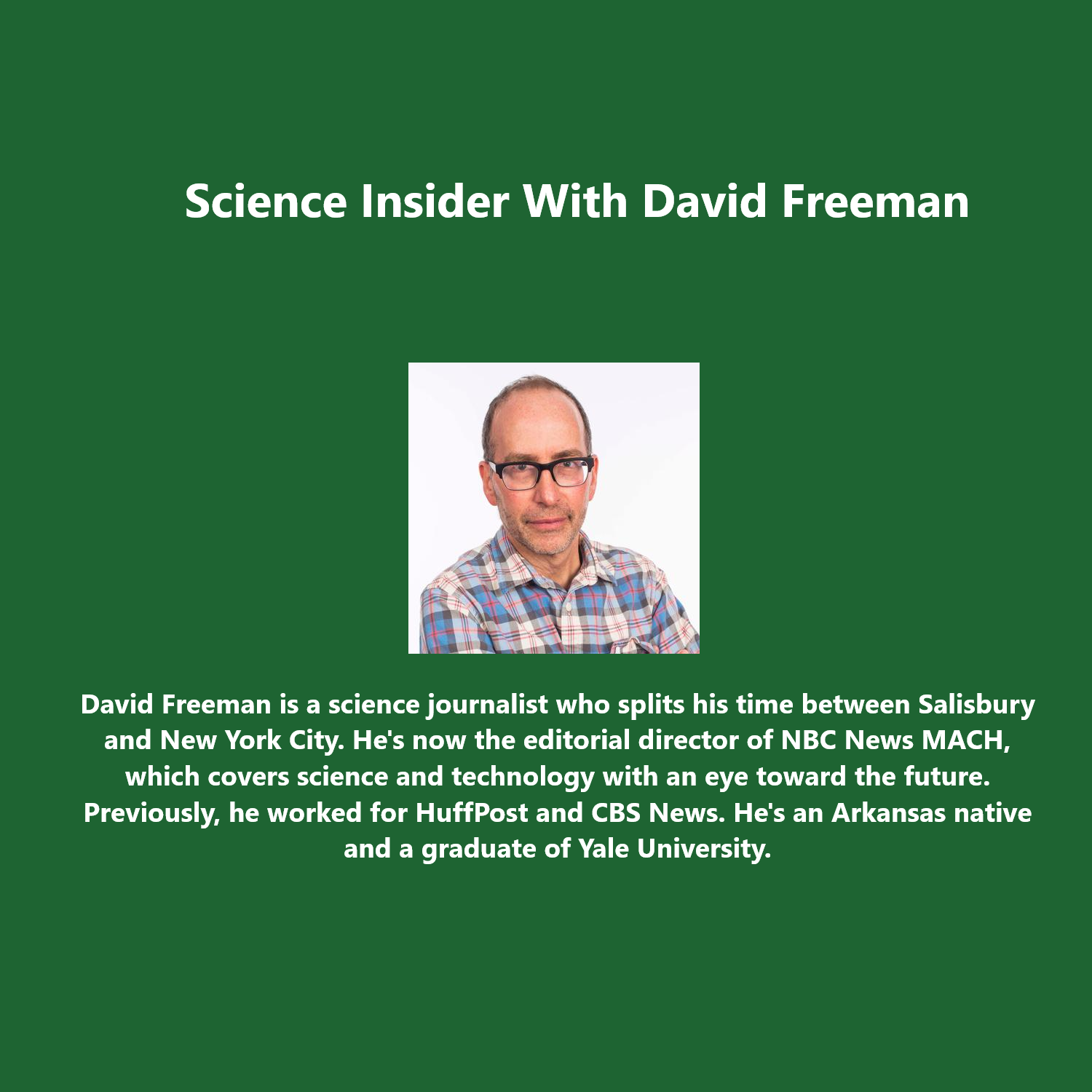
Winston Churchill was a nuclear visionary, repeatedly warning before World War II that the nuclear age was imminent. Early in WWII, physicists in Britain showed that the Bomb could almost certainly be built. Prime Minister Churchill paid only fitful interest in the speculative weapon and the initiative soon passed to the US, which had the vast resources needed to realise the venture. British scientists played only a minor role in it. Churchill dismissed warnings from the Danish physicist Niels Bohr that Anglo-American nuclear policy would lead to an arms race. After the war, the US government declined to honour a personal agreement between Franklin Roosevelt and Churchill to share their countries’ nuclear research. After Churchill returned to power in 1951, during the Cold War, he became the first British leader to have nuclear weapons, and also commissioned the H-bomb. Appalled by the prospect of thermonuclear war, he ended his political career as pioneer of détente.

Neil deGrasse Tyson is an American astrophysicist, author, and science communicator. Since 1996, he has been the Frederick P. Rose Director of the Hayden...

Ana Širović is a researcher at the Marine Physical Laboratory of the Scripps Institution of Oceanography. Her primary research expertise lies in the area...

Buzz Aldrin is an American engineer and a former astronaut and fighter pilot. As the Apollo Lunar Module pilot on the Apollo 11 mission,...